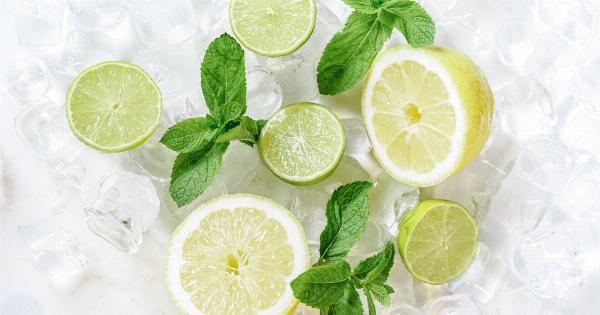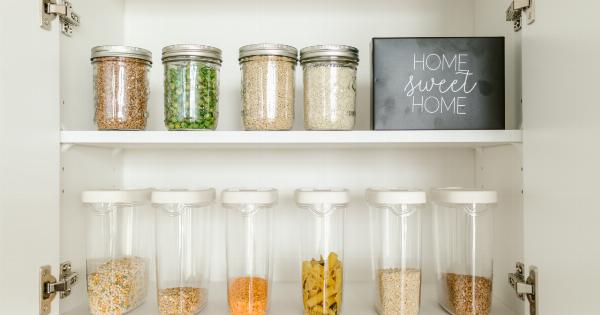When it comes to food storage, many people automatically assume that the fridge is the best option. However, there are certain foods that do not do well in the cold environment of the refrigerator.
In fact, storing certain items in the fridge can actually cause them to spoil faster or lose their flavor and texture. Here are five foods that you should avoid putting in the fridge:.
1. Tomatoes
Tomatoes may seem like they belong in the fridge, but they actually lose their flavor and texture when stored in the cold environment. They are best stored at room temperature, where they can continue to ripen and develop their natural sweetness.
If you need to store tomatoes for longer periods, place them in a dry place such as a pantry or cupboard.
2. Onions
Onions are another food that doesn’t do well in the fridge. The moisture in the fridge can cause them to become soft and mushy, while the cold temperature can also affect their flavor.
Onions are best stored in a cool, dry place such as a pantry or cupboard, away from direct sunlight.
3. Potatoes
Potatoes are a staple in many households, but they should never be stored in the fridge. The cold temperature can cause the starch in potatoes to turn into sugar, which can affect their flavor and texture.
Potatoes are best stored in a cool, dark place such as a pantry or cupboard.
4. Bread
Bread is another food that should stay out of the fridge. Storing bread in the fridge can make it go stale faster and even cause it to develop mold and bacteria. Instead, store your bread in a cool, dry place such as a bread box or on the counter.
If you need to store bread for longer periods, you can also freeze it.
5. Honey
Honey is a natural sweetener that many of us keep in the pantry. However, some people make the mistake of storing it in the fridge where it can become too thick and difficult to pour.
Honey is best stored in a cool, dry place such as a pantry or cupboard.
By avoiding these common mistakes, you can ensure that your food stays fresh and flavorful for longer periods. Remember that not all foods are created equal, and some require special storage conditions to stay at their best.































